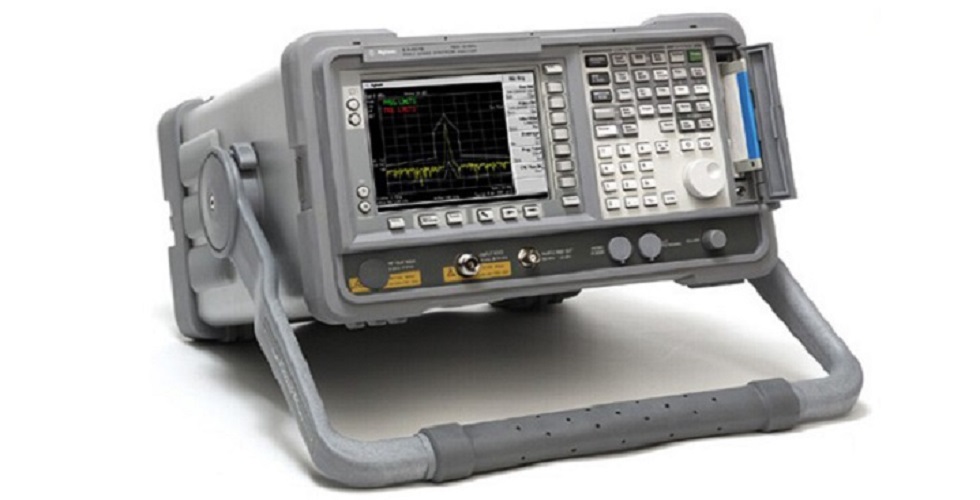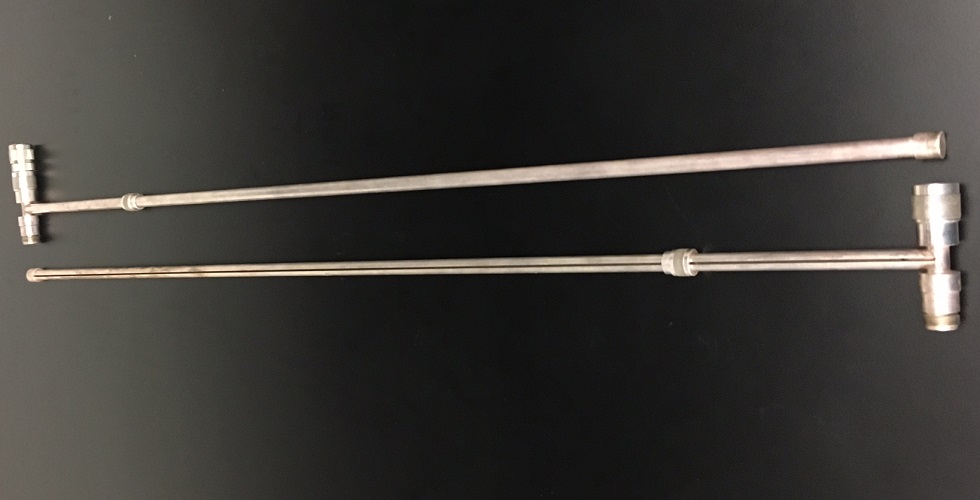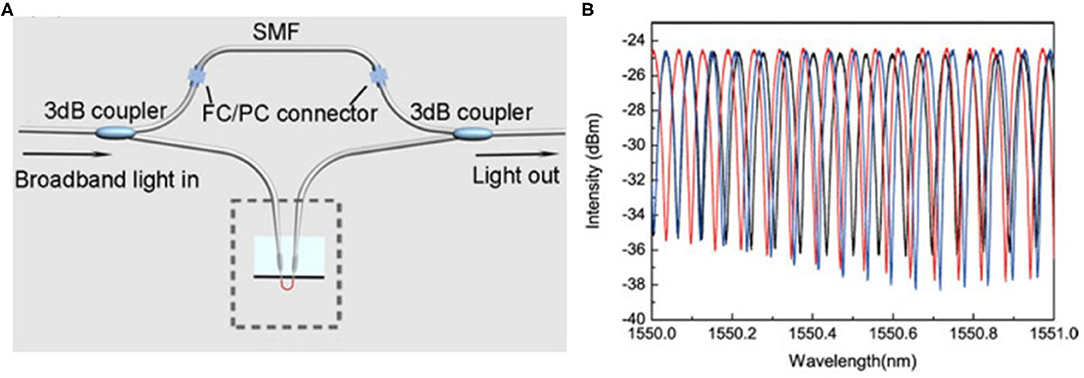

The relative permittivity and dielectric loss tangent were measured at room temperature under 1 kHz.


The bulk resistivity data for Silcolloy was obtained with gold electrodes, whereas silver electrodes were used for Dursan due to the poor adhesion between the gold electrode and the Dursan surface. The results of the dielectric measurements for the coatings are reported in Table 1. Need to pick a coating for your application? Our coating selector will help guide you to the best coating for you. Using the 2-parameter Weibull statistical analysis, the dielectric breakdown and Weibull modulus were extracted. The voltage at which the final breakdown happens was recorded. The IV curve was then linearly fitted to calculate the resistance.Ī Trek amplifier was used with a DC source to apply the voltage, which was increased at 100V/s until breakdown occurs. Voltage, ranging between 0.1 and 0.5V, was applied for 2 sec onds before measuring the current to make sure steady state is achieved. Where C, e 0, A and t are the capacitance, dielectric permittivity of vacuum (8.854 10 -12 F/m), electrode area and sample’s thickness, respectively.Īn HP4140B DC source and pA meter was used to apply the voltage and measure the current. The dielectric permittivity is calculated following Eq(1): ĭielectric spectroscopy: Agilent LCR meter (HP4980A) was used to measure the capacitance and loss tangent. For electrical contacts, 20-micron probes were used on a probe station: one stationary probe remained in contact with the stainless-steel substrate, while a second probe was placed on the top electrode. Prior to electrical measurements, 3 mm electrodes were sputter deposited on the coupons. Measurement was performed on the polished surface only.įigure 1 : C oated stainless steel coupons used in dielectric measurements If you have a question about the properties of our coatings go to our Material Property and Specifications Page or contact our Technical Service Team.įlat stainless steel coupons with one mirror polished surface were coated and used in all measurements, as shown below in Figure 1. Here we report the b ulk resistivity, relative permittivity ( also known as dielectric constant) and dielectric breakdown strengt h of these coatings. The two coatings highlighted in this blog are the commercially available Silcolloy and Dursan. Two SilcoTek coatings most relevant to dielectric applications were characterized by the Dielectric Properties Lab at Penn State University, and the results are summarized in this blog discussion. Learn about the dielectric properties of SilcoTek coatings, including bulk resistivity, permittivity, dielectric loss, breakdown, and Weibull Modulus.How the electrical insulating properties of CVD coatings change by coating type and coating thickness.Learn about CVD coatings dielectric (electrical insulating) properties of thin coatings are tested.Testing the Dielectric Properties of SilcoTek CoatingsĪside from the most common surface properties required of SilcoTek’s CVD coatings (such as chemical inertness, corrosion resistance, and hydrophobicity ), an increasing number of customers are interested in the dielectric (electrical insulating) properties of our coatings. We tested the electrical insulating and dielectric properties of our silicon CVD coatings.


 0 kommentar(er)
0 kommentar(er)
